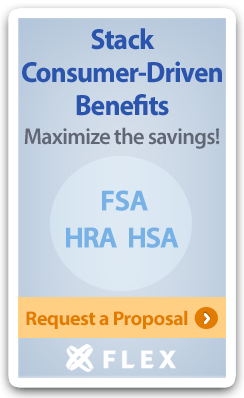Benefits Buzz
It’s no surprise that more and more employers are offering qualified high deductible health plans (HDHPs) to their employees, and some employers are combining Health Reimbursement Arrangements (HRAs) and Health Savings Accounts (HSAs) to alleviate a portion of the deductible and/or out-of-pocket expenses that employees are exposed to. However, you have to be very careful with the HRA plan design in order to preserve HSA eligibility for employees.
Senator Susan Collins (R-ME) submitted an inquiry to the Internal Revenue Service (IRS) earlier this year asking two very specific questions. She wanted to know if penalties related to the Employer Mandate could be reduced or waived if it would cause a hardship on an employer. She also wanted to know if the IRS would extend the transition relief that was previously available to employers with 50-99 employees. Previous transition relief exempted most employers of this size from the Employer Mandate during its first year of implementation in 2015.
The Internal Revenue Service recently released Revenue Procedure 2019-29 which included details on the affordability percentage related to the Employer Shared Responsibility provisions of the Affordable Care Act (ACA), also known as the Employer Mandate. In 2020, an applicable large employer (ALE) will be considered to offer affordable coverage to its full-time employees if the cost of coverage is 9.78% or less of the employee’s household income.
Is it or isn’t it a qualifying event?
Medicare entitlement of the employee is listed as a COBRA qualifying event; however, it is rarely a qualifying event. In situations where it is a qualifying event, it is only a qualifying event for the spouse or children that are covered under the group health plan.
President Donald Trump issued an executive order last month aiming to improve price and quality transparency in the healthcare industry.
Health Reimbursement Arrangements (HRAs) have been on a roller coaster the past five years. Some laws and regulations have limited the types of HRAs that an employer can offer whereas other laws and regulations have created new HRA options for employers to offer. Below is a summary of the types of HRAs employers can offer to employees.
As a result of regulations supplementing the Affordable Care Act (ACA), employers were limited to offering 3 types of HRAs.







